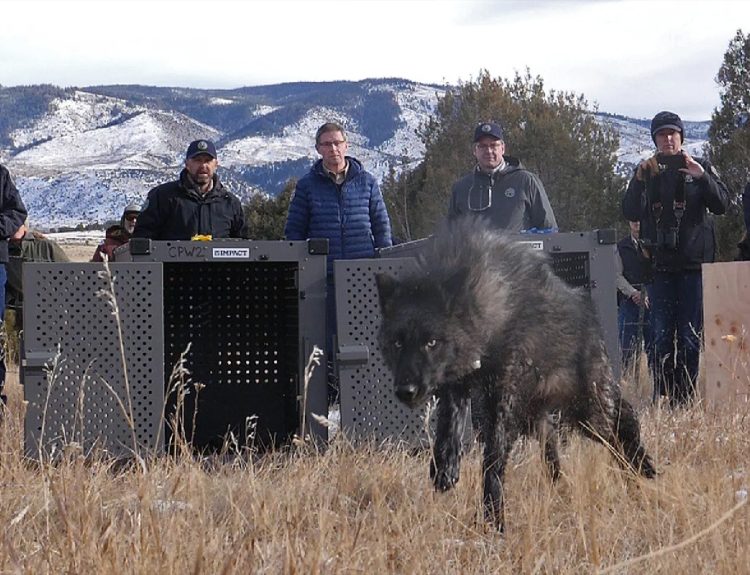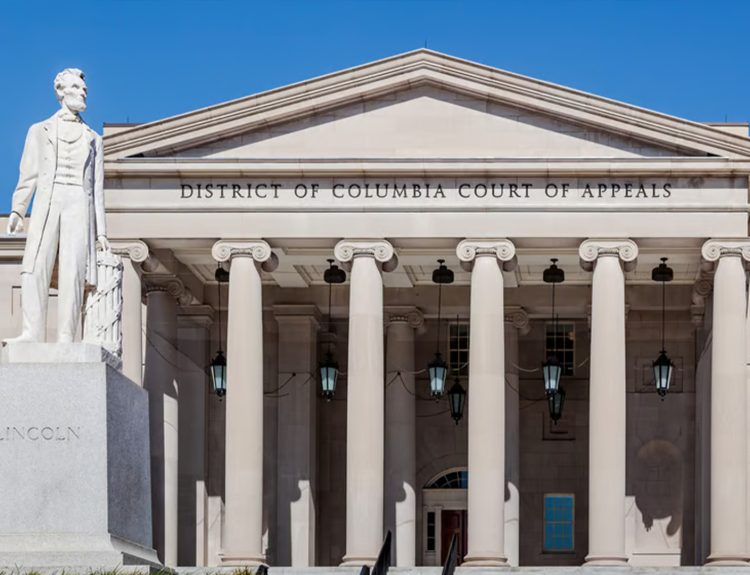If you were lucky enough to see the recent solar eclipse from the path of totality, you might be counting the days until the next big celestial event. Fortunately, you won’t have to wait long, nor will you have to travel to the best view spot or buy special glasses to protect your vision.
According to NASA astronomers, the T Coronae Borealis nova is slated to explode this year. When it does, you’ll be able to see the rare astronomical event with the naked eye for several days … maybe even a week. There’s just one catch. Astronomers can’t tell us exactly when the nova will explode.
3,000 Light Years from Earth
The T Coronae Borealis, or T CrB, as scientists call it, is located in the Corona Borealis constellation some 3,000 light years from Earth. Called the Northern Crown, the Corona Borealis is a small star constellation in the skies over the northern hemisphere. Its name references the arch of stars that look like a crown.
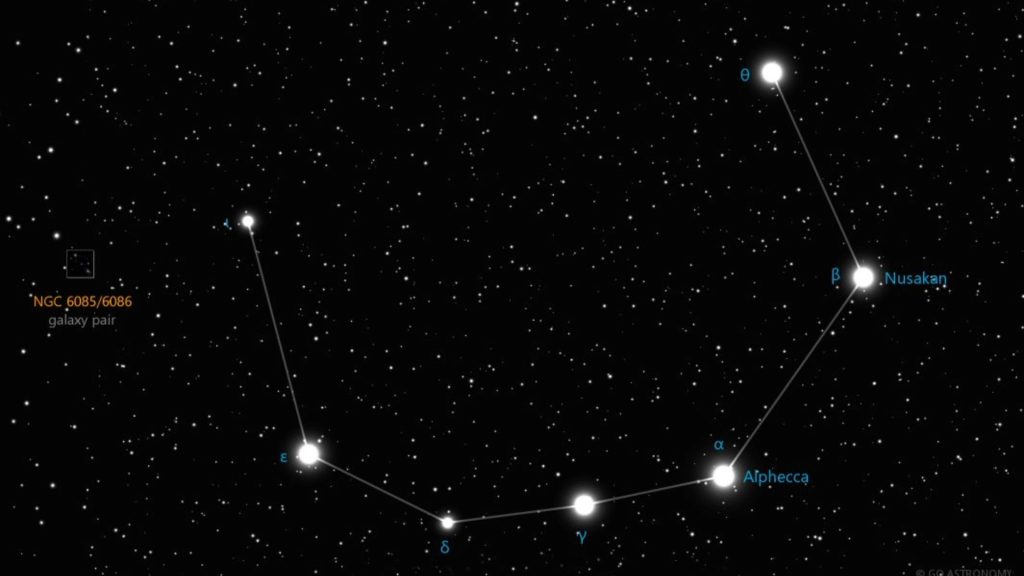
T CrB is what astronomers call a recurring nova. It features a white dwarf and a red giant star that are in close orbit with each other. Sometimes too close. That’s when an intense, bright explosion occurs.
“Hundreds of Times Brighter”
Bill Cooke, the head of NASA’s Meteoroid Environment Office, explained, “The red giant is dumping material on the surface of the white dwarf.” As a much smaller celestial body, the white dwarf can only take so much.

“When that happens, that white dwarf blows all that material out in space, and it gets very bright, hundreds of times brighter than what it was before,” Cooke said.
The Nova Explodes Every 79 Years
Cooke noted, “T Coronae Borealis is unusual in that it doesn’t blow its stack once. It does it every 79 years or so.” Approximately every 79 years, the interplay between the red giant star and the white dwarf reaches the tipping point.
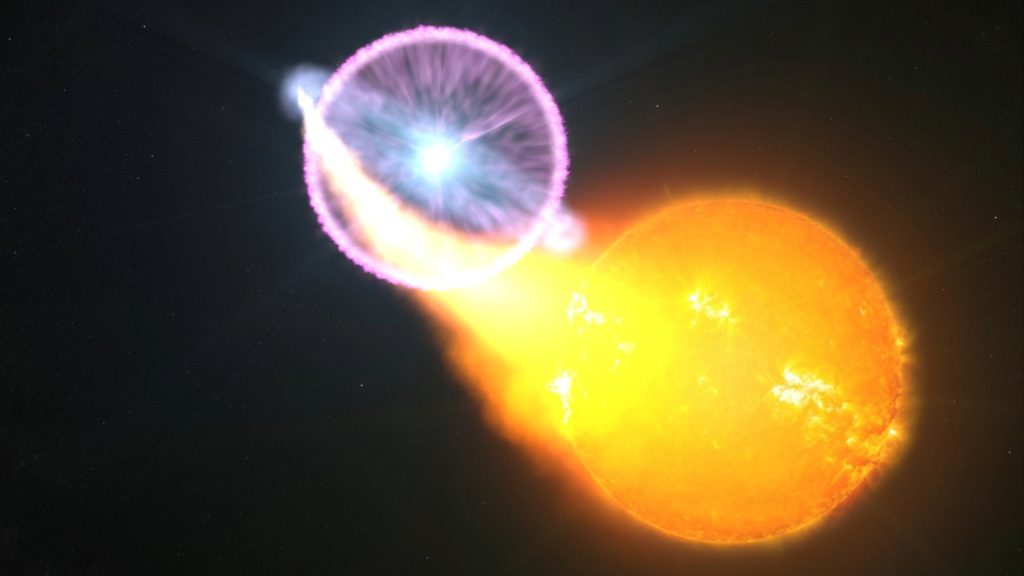
When that happens, a thermonuclear reaction occurs, sparking a bright explosion. Although 2024 marks the 79th year since the last nova explosion, the timing of the T CrB explosion is unpredictable.
It Could Happen at Any Time
Cooke stated, “Unfortunately, we don’t know the timing of this as well as we know the eclipse, but when it happens, it’ll be something you’ll remember.”
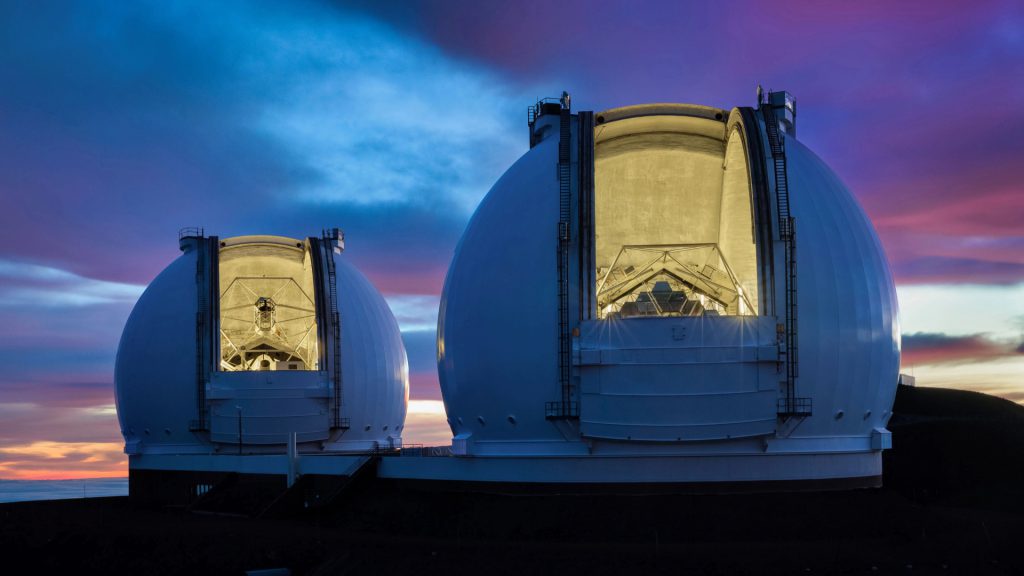
The best guess that NASA astronomers can come up with is that the stellar explosion could happen anytime between now and September.
T CrB Has Been Observed Throughout History
The last time that the T CrB explosion occurred was in 1946. The bright exploding nova was detailed in the writings of John Birmingham in 1866, therefore he is generally credited with discovering it.

It appears, however, that the nova explosion was observed much earlier. In 1787, Reverend Francis Wollaston documented the event. In 1217, Abbott Burchard also wrote about a bright, short-lived star shining in the Corona Borealis constellation. “Is this going to be the star of Bethlehem? No,” said Cooke.
A Rare Stellar Event
Astronomers are calling the T CrB nova explosion a “rare stellar explosion” and a “unique opportunity to witness an astronomical event not often seen.”

Cooke stated, “It’s kind of like Halley’s Comet, but most people don’t know much about it. Halley gets all the press.”
The Rebirth of the Cycle
If we have learned anything from watching sci-fi movies, it is that supernovas spell doom to stars and planets. But T CrB is not a supernova; it is a white dwarf. While it is true that every 79 years, the red giant triggers a massive nuclear explosion with an energy output 100,000 greater than our Sun’s annual output, T CrB is not a destroyer of worlds.

Rather than wiping out the planets and stars in its way, T CrB will explode, show us its brightness for a week, then things go back to normal. The white dwarf’s temperature will go back to normal, and the entire cycle will begin again.
Will the Nova Explosion Be Better than the Recent Eclipse?
Better is a relative word. Perhaps it is best to use “rarer” or “more unique” when comparing the nova explosion to the recent solar eclipse. As Cooke explained, “I’ve been to a few eclipses, and it’s one of nature’s most awesome spectacles.”

“But frankly, there are two solar eclipses a year. And if there’s not one over the U.S., I could travel to Egypt in 2027 to go see one. We don’t see a star explode very often. So that’s its uniqueness.”
What Will the Nova Explosion Look Like?
The T CrB nova explosion will produce a bright light in the sky. According to Cooke, “It’s going to reach about magnitude +2. So, to give you an idea of how bright that is — it’s about as bright as Polaris, the North Star.”
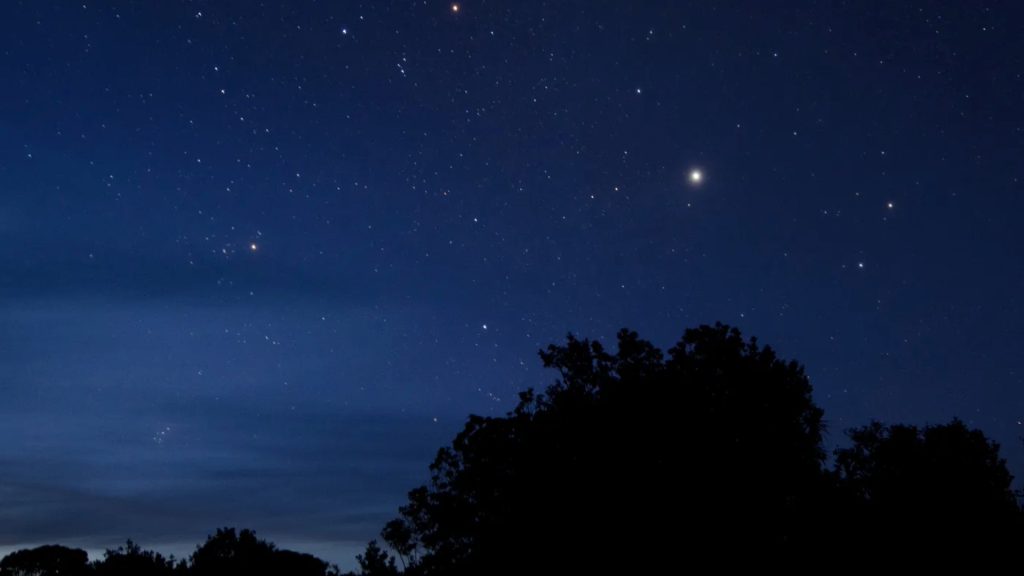
He continued, “You’ll see a new star suddenly appear there. It’ll look like it appears out of nowhere, and it’ll stay visible for about a week before it dims back down.”
Put Away Those Eclipse Glasses
You won’t need to wear special glasses to observe the bright light when the T CrB nova explodes. NASA experts tell us that we will be able to see it with the naked eye for several days. As the light begins to fade, we can use binoculars or a telescope to prolong our observations.

In about one week, the light will dim and fade away. During that week, however, astronomy buffs will be treated to a rare, once-in-a-lifetime celestial phenomena. This event, coupled with the recent solar eclipse, is expected to raise awareness for the wonders of the universe.
Pay Attention to the News
Are you afraid you will miss the nova explosion? Cooke and others at NASA say not to worry. Since the light will be visible for several days, you don’t have to stare at the sky waiting for it to happen.

The best way to ensure that you don’t miss it is to pay attention to the news. Media outlets will cover the celestial event and you will probably get a breaking news alert sent to your phone when it begins. If you live in an area where light pollution is a problem or it is cloudy and overcast, you may have to drive to the countryside to get a better look.
A Spectacular Display
Cooke tells us that the stage is set for this spectacular display … one of the cosmos’s most powerful events. Astronomers are eagerly awaiting the start of the explosion and hope to glean valuable information from studying, photographing, and observing the nova explosion.

As for the rest of us, Cooke recommends that we spend some time pondering the night sky and marveling at this beauty of the T CrB event. He stated, “Let’s face it, how often do you see a star explode?”





